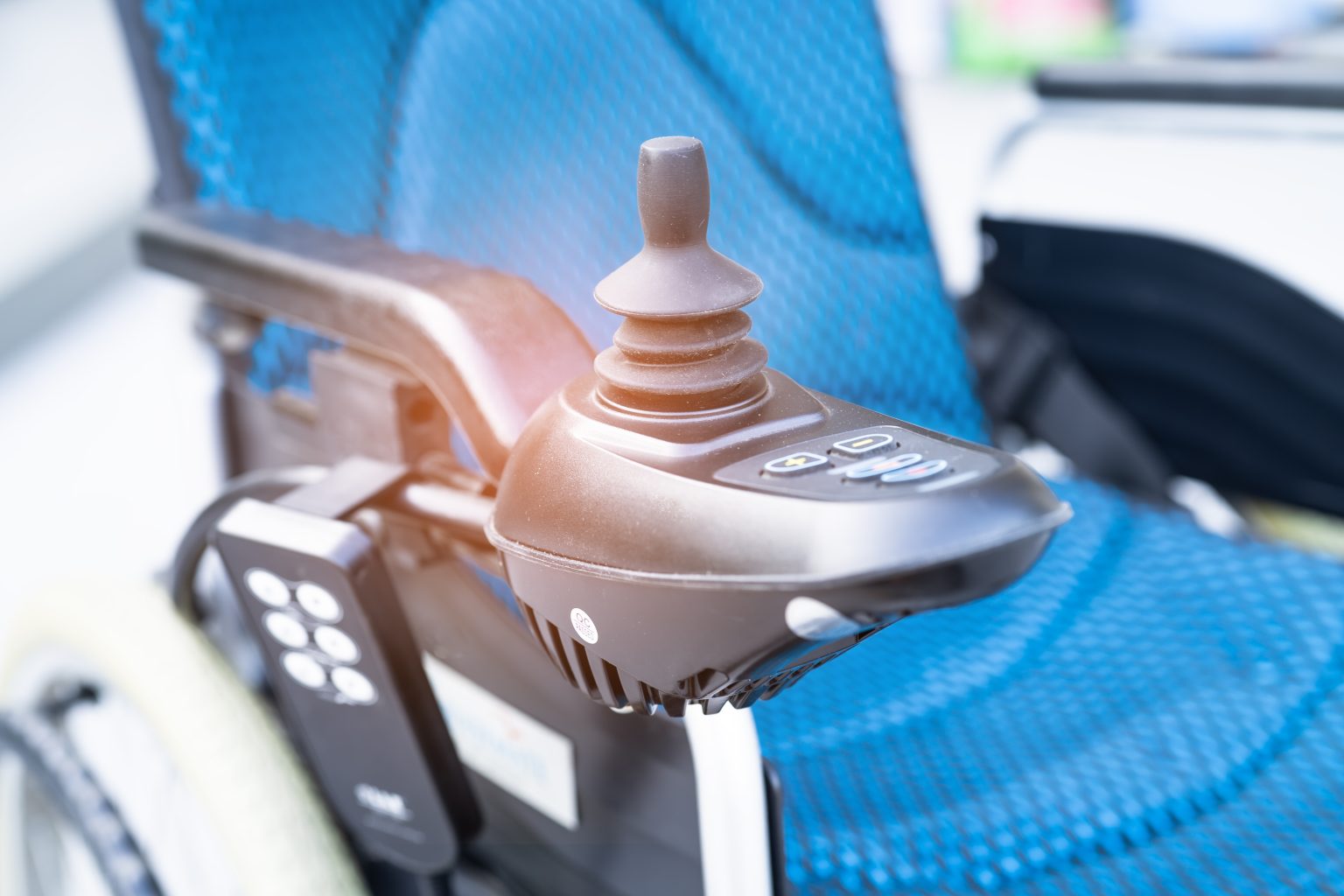Powerchairs, also known as electric wheelchairs, have revolutionised mobility for many individuals with disabilities or limited mobility. These sophisticated devices offer independence, comfort, and improved quality of life for users. Let’s break down some of the most important facts.
What is a Powerchair?
A powerchair is an electrically powered wheelchair designed to provide mobility for individuals who have difficulty walking or using a manual wheelchair. Unlike manual wheelchairs, which require physical effort to propel, powerchairs are operated using a joystick or other control mechanisms, allowing users to move with minimal physical exertion.
Powerchairs come in various designs and sizes, ranging from compact models suitable for indoor use to robust outdoor versions capable of navigating rough terrain. They typically consist of a seat mounted on a wheeled base, powered by rechargeable batteries, and controlled by an electronic system.
Benefits of Using a Powerchair
Powerchairs offer numerous benefits to users, significantly improving their quality of life:
Independence: Powerchairs allow users to move independently, reducing reliance on carers or family members for mobility.
Improved Access: Users can access a wider range of environments, both indoors and outdoors, enhancing their ability to participate in various activities.
Reduced Fatigue: By eliminating the physical effort required to propel a manual wheelchair, powerchairs help conserve energy for other activities.
Customisation: Many powerchairs can be customised with various seating options, controls, and accessories to meet individual needs.
Social Interaction: The mobility provided by powerchairs enables users to maintain social connections and engage in community activities more easily.
Types of Powerchairs
There are several types of powerchairs available in the UK market, each designed to meet different needs and preferences:
Rear-Wheel Drive Powerchairs: These are the most common type, offering good outdoor performance and stability. They’re ideal for users who spend a significant amount of time outdoors.
Mid-Wheel Drive Powerchairs: Known for their excellent manoeuvrability, these chairs are perfect for navigating tight indoor spaces. They provide a smaller turning radius compared to other types.
Front-Wheel Drive Powerchairs: These offer good obstacle climbing abilities and are suitable for both indoor and outdoor use. They’re particularly useful for users who need to overcome thresholds or small steps regularly.
Folding Powerchairs: Designed for easy transport, these chairs can be folded or disassembled quickly. They’re ideal for users who travel frequently or have limited storage space.
Heavy-Duty Powerchairs: Built to accommodate higher weight capacities, these chairs are suitable for bariatric users or those requiring additional support.
Key Features to Consider
Several key features should be taken into account when you’re looking at powerchairs:
Battery Life: The distance a powerchair can travel on a single charge is crucial. Most models offer a range between 10 to 20 miles, but this can vary based on factors like user weight, terrain, and usage patterns.
Seat Comfort: Look for chairs with adjustable seating options, including tilt, recline, and elevating leg rests. Proper seating support is essential for comfort and to prevent pressure sores.
Control System: The control mechanism should be easy to use and suited to the user’s abilities. Options include joysticks, head controls, and sip-and-puff systems for those with limited hand function.
Turning Radius: This is particularly important for indoor use. A smaller turning radius allows for easier navigation in tight spaces.
Weight Capacity: Ensure the chair can safely support the user’s weight. Most standard powerchairs have a weight capacity of around 18-21 stone (114-136 kg), but heavy-duty models can support much more.
Suspension: Good suspension is crucial for a smooth ride, especially for outdoor use or for users with pain or sensitivity issues.
You can talk to the team at Mobility Solutions about the best power wheelchair for you. They will offer an at-home demonstration to make sure you’re comfortable.
Maintenance and Care
Proper maintenance is essential to ensure the longevity and safe operation of a powerchair:
Regular Cleaning: Keep the chair clean and dry to prevent rust and electrical issues.
Battery Care: Follow the manufacturer’s guidelines for charging and maintaining the batteries to ensure optimal performance and lifespan.
Tyre Maintenance: Check tyre pressure regularly and inspect for wear and tear.
Servicing: Schedule regular servicing with a qualified technician to keep the chair in good working order.
Storage: When not in use, store the powerchair in a dry, secure location, preferably indoors.
Legal Considerations
Powerchairs are classified into two categories:
Class 2 Invalid Carriages: These have a maximum speed of 4 mph and are designed for pavement use.
Class 3 Invalid Carriages: These can travel up to 8 mph and are permitted on roads (limited to 4 mph on pavements). They must be registered with the DVLA and display a nil-duty tax disc.
Users should familiarise themselves with the relevant laws and regulations, including where powerchairs can be used and any specific requirements for Class 3 vehicles.
Travelling with a Powerchair
Many powerchair users enjoy travelling, and with proper planning, it’s entirely feasible:
Public Transport: Most UK public transport is accessible, but it’s advisable to check with the service provider in advance.
Air Travel: Airlines have specific procedures for travelling with powerchairs. Inform the airline when booking and inquire about their policies.
Car Transport: Some powerchairs can be dismantled for car transport, while others may require a vehicle with a ramp or lift.
Holidays: Many holiday accommodations and attractions in the UK are wheelchair accessible. Research in advance to ensure a smooth experience.



